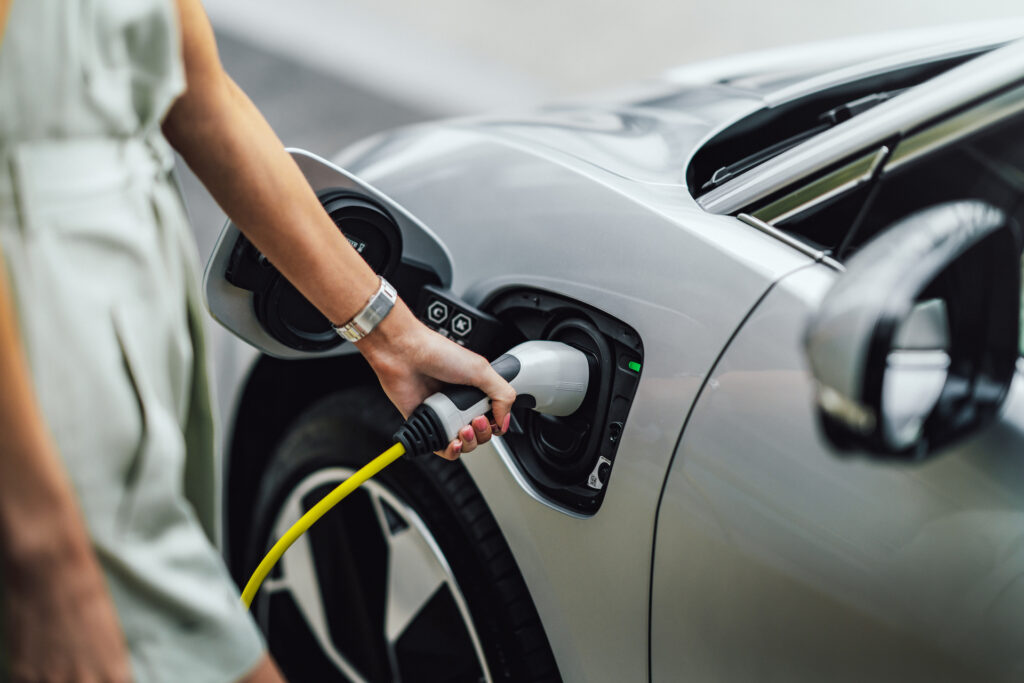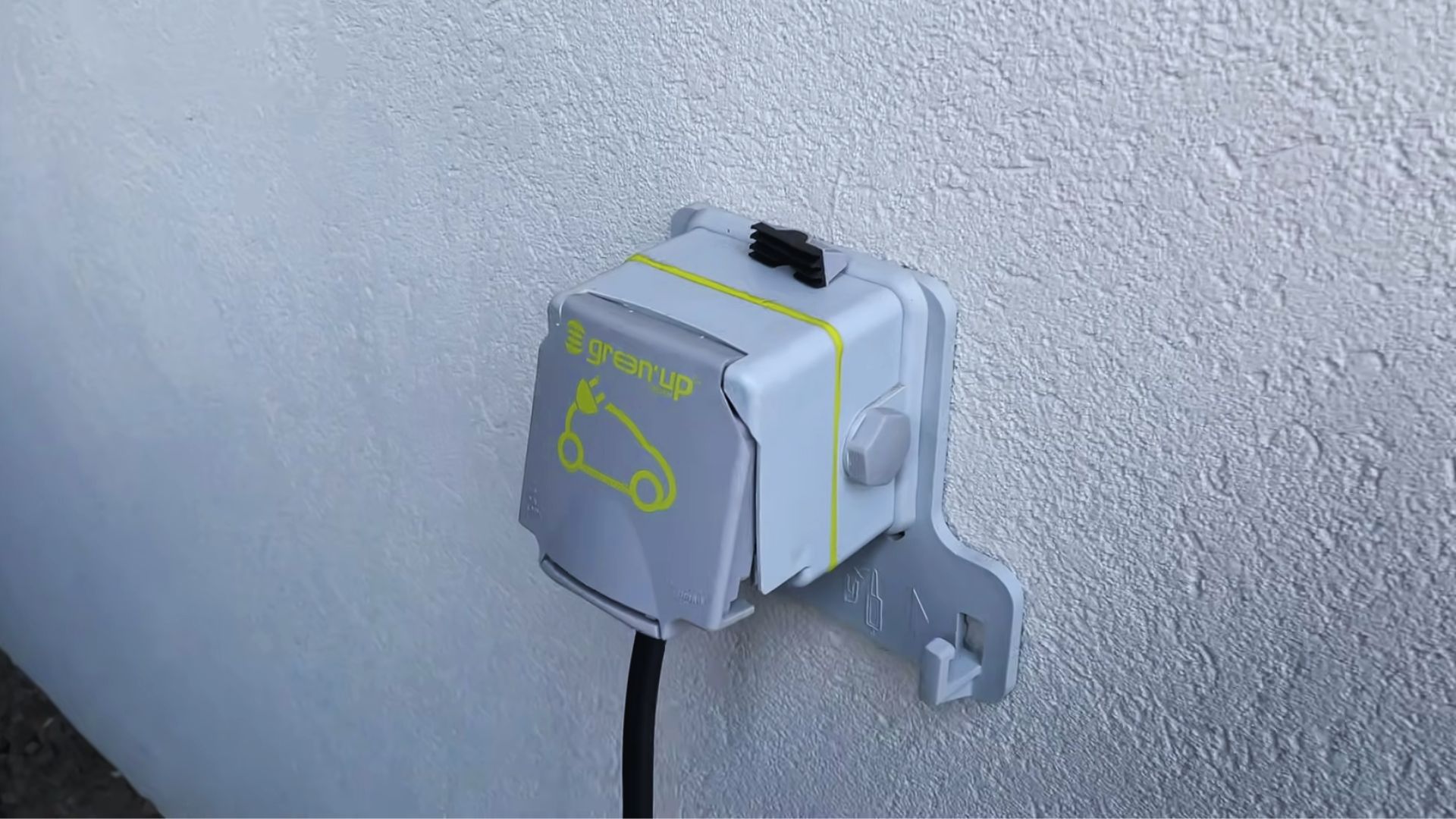The reinforced socket is one of the possibilities for recharging an electric vehicle. It offers many advantages to individuals. There are many ways to charge your car: classic socket, charging terminal, wallbox… So why opt for a reinforced socket, like the Green’Up marketed by Legrand?
Unsurprisingly, going electric means adopting new uses. Charging is a crucial point for future buyers and current owners of clean vehicles. Now known to the general public, the reinforced socket, such as the Green’Up socket marketed by Legrand, is a type of electrical socket specially designed to meet the charging needs of electric vehicles.
Today, more and more owners are looking for solutions to optimize the charging of their electric car at home. Faced with a conventional electrical outlet, reinforced outlets offer a faster and safer alternative.
What is a reinforced grip?
Generally installed in garages, private car parks or outside homes, reinforced sockets, such as Green’Up, have the particularity of providing higher charging power than traditional electrical sockets. Green’Up works with a 3.7 kW (16A) socket. For more power, it will be necessary to use a terminal, which Legrand also offers, but that is another subject since there is no longer any question of taking.
Whichever model is chosen, recharging will necessarily be more efficient than with a conventional electrical outlet: its “reinforcement” allows it to deliver constant 16A without overheating, compared to 16A peak on a conventional household outlet.
In addition to offering much faster recharging, the Green’Up socket is designed to guarantee optimal use while limiting risks. These sockets are equipped with protection devices against overloads and short circuits – enough to avoid a potential electrical incident. Rated IP55, the reinforced sockets are also dust and water resistant. Enough to allow outdoor use without any problem.
To install a Green’Up socket, it is best to call on a qualified electrician to ensure that the installation is carried out correctly and that safety standards are respected. The craftsman who will carry out your work must ensure that the Green’Up socket is properly connected to a dedicated electrical circuit. This is a way to ensure safe use of the outlet and avoid possible overload or overheating issues. Legrand’s marketing genius is to have created complete Green’Up installation kits, ready to be installed, with the hook and the circuit breaker, for just over €160.
How do I know if my cable is compatible with the Green’Up plug?
Today, most electric cars come with a standard charging cable, which plugs into a household outlet. It is therefore necessarily compatible with a Green’Up socket, which remains a socket. But it is possible that your cable does not allow you to take advantage of the maximum power of the socket! The first thing to check is the maximum wattage your charging cable can accept.
Green’Up sockets are available in a 3.7 kW (16A) version. If your cable can’t handle the maximum power provided by the Green’Up socket you want to connect it to, it will regulate the charge to its maximum instead of 16A — the charge will therefore be slower. This is for example the case of the chargers sold with the Tesla, which are limited, without modification, to 13A on a domestic socket.

The majority of charging cables supplied by car manufacturers are designed to work with 3.7 kW Green’Up sockets. You will find all the useful information directly on the cable, or on its packaging, or on the instructions supplied with it. If your charger is not 16A compatible, we can recommend a safe bet: the EVIEUN EV portable Type2 charger.
Prices and availability of Green’Up sockets
It takes between 150 and 200 euros to purchase a Green’Up socket. Legrand is one of the biggest French brands present in the sector. It is possible to find installation devices in stores specializing in DIY, such as Leroy Merlin, but also online on reseller sites.
Good to know, individuals can benefit from a tax credit of 75% capped at 300 euros for the acquisition of a charging point and its installation at home (for expenses incurred between January 1, 2021 and December 31, 2023).
To not miss anything about electric mobility, subscribe to our Watt Else newsletter!
Subscribe to Numerama on Google News to not miss any news!
Some links in this article are affiliate. We’ll explaine everything here.
